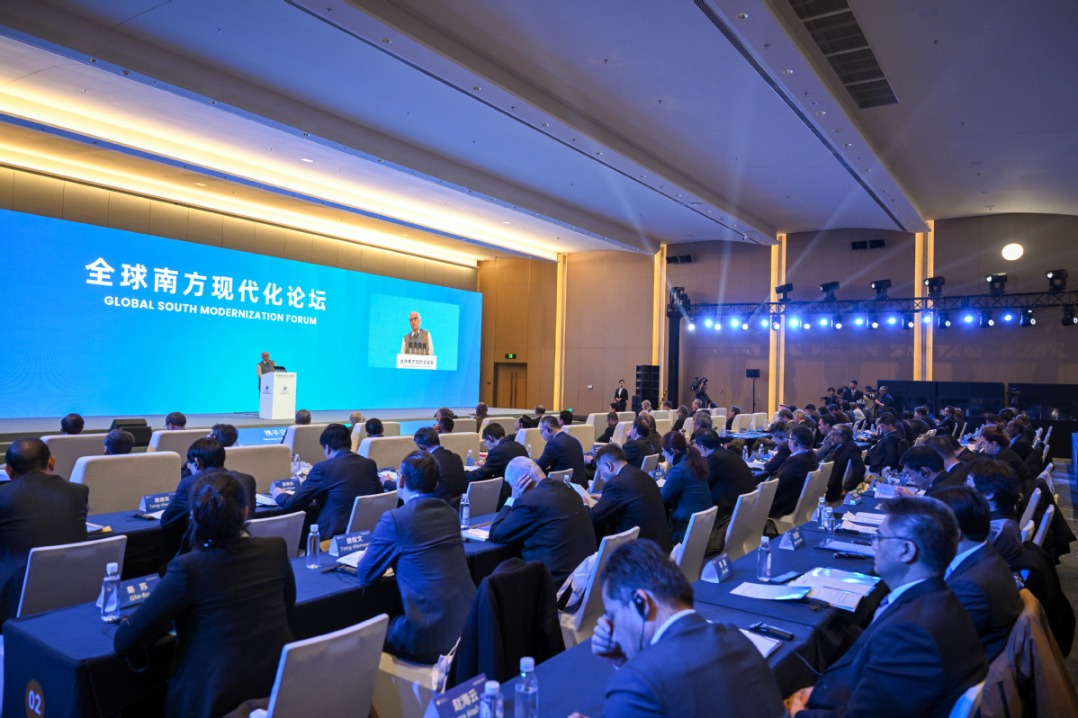Young workers can hope for change

As a result of export-processing industrialization, China has become a successful "world's factory" and given rise to a new labor class comprising of more than 200 million rural migrant workers. It has long been argued that the key to success was the use of this cheap, young and well-educated labor force. Now the next generation has moved to industrialized towns and cities. What is the process of proletarianization of peasant-workers in China today? Is the new generation so different from their previous one? What is the hope for this new generation?
The plight of migrant workers is that even those we met in Shenzhen and Dongguan who had been employed in the cities for more than 10 years still found it impossible to reside there.
Due to the low wage they earn, migrant workers sometimes stay in the city becoming small storeowners, hawkers or garbage collectors. However, they still are displaced and transient workers, with no hope of enjoying the privileges urban residents do. This is a defining feature of the semi-proletarianization commonly shared among the generations of migrant workers.
Regarding the new generation of migrant workers, we observed new life expectations and dispositions, new nuanced meanings of work and heightened labor actions among those subjects who had grown up in the reform period. Hence the new generation of migrant workers was defined by its "structure of feeling" and its ways of life.
Characteristic of the new generation's ways of life were greater disposition toward individualism, a further proclivity for urban consumer culture, less economic burden and greater personal pursuit of development and freedom, higher job turnover and less loyalty to their work, and a greater level of spontaneous labor actions at the workplace.
The new generation, born and raised in the reform period, was relatively better educated, materially well off but spiritually disoriented while having a cosmopolitan outlook.
The rapid economic growth had shaped a social structure in which the new generation experienced a pronounced rural-urban chasm, greater income inequality and further social exclusion despite constant improvement in their working and living conditions.
Today the social chasm has become wider and wider. For the new generation, the urge to move out of the village is even stronger. Now the emptying of rural communities is no longer a matter of concern but a matter of fact in many parts of China. The new generation's sense of "enclosure" has become acute, owing to the worsening situation in the life of peasants and the loss of the means of soil-dependent subsistence.
Our export-processing development model embodies a contradiction: as new labor was needed for the use of capital, Chinese peasants were asked to transform themselves into laboring bodies. Yet as disposable labor, when they were not needed, they were asked to go back to the villages.
This scenario is characteristic particularly for the younger generation. If transience was a dominant characteristic of the first generation of migrant workers, rupture characterizes the new generation, who now spend much more of their lives in urban areas.
Transience suggests transitions, and so encourages hopes and dreams of transformation. Rupture, however, creates closure: there is no hope of either transforming oneself into an urban worker or of returning to the rural community to take up life as a peasant.
The answer to this change should not be far away. A thorough review of the current development model is required. A new era of shortage of labor is coming, which creates hope, instead of bottleneck, for our new generation. Now they have the bargaining chip to ask for a decent living wage from companies, irrespective of the nature of capital.
The author is an associate professor at Hong Kong Polytechnic University.
(China Daily 05/25/2012 page7)
Today's Top News
- 15th National Games embodiment of high-quality development
- Lawmakers' thousands of proposals receive responses
- China warns Japan against interference
- Nation's euro bond sale shows investors' confidence
- No soft landing for Tokyo's hard line
- Commerce minister urges US to increase areas of cooperation






























